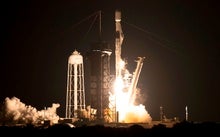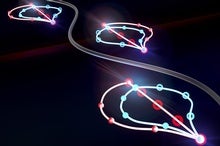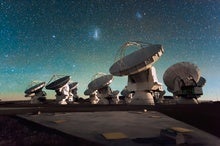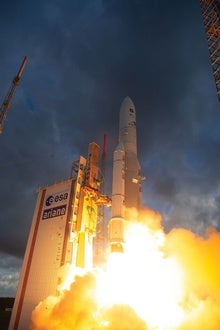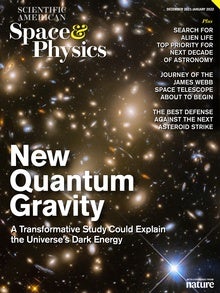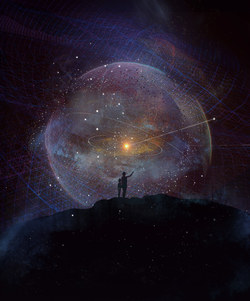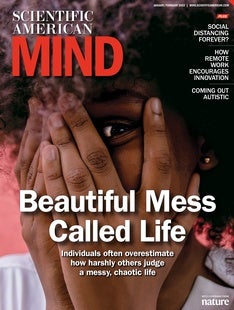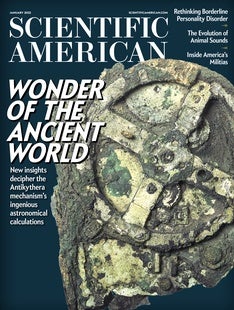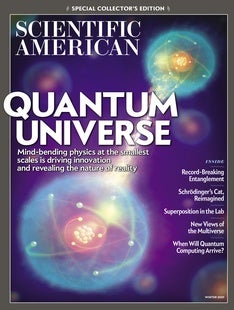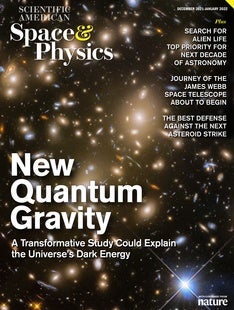 |
| December 16, 2021 |
Dear Reader,
This is our last Space & Physics newsletter of 2021. Science, of course, marches on uninterrupted—and Scientific American will, too—but you'll have to keep up to speed by checking our website and social media. Our lead story this week offers a brief preview of the most epochal event of the holiday season: the launch of the James Webb Space Telescope, which has now been delayed to no earlier than Christmas Eve. With any luck, Santa will bring us all a gift of a flawless lift-off and deployment for the observatory, which has been in various stages of development for more than 30 years and has a total price-tag in excess of $10 billion. Presuming no further delays, log on next Friday to read our coverage of this exciting milestone in astronomy! We wish each and every one of you a wonderful holiday season, and a happy new year. Onward to 2022! |
| |
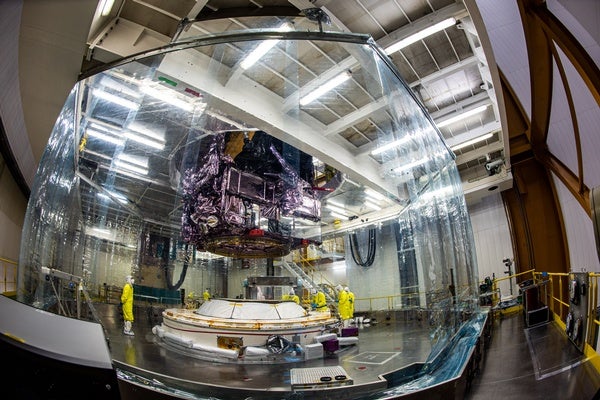 |
| |
| |
| |
| Space Exploration What Is a Lagrange Point? NASA's James Webb Space Telescope will travel to a special spot where the gravity from Earth and the sun is balanced | | By Clara Moskowitz,Matthew Twombly | | | |
| |
| |
| |
| |
FROM THE STORE
 | | | |
| |
| |
FROM THE ARCHIVE
 | | | |
LATEST ISSUES
 |
| |
| Questions? Comments?  | |
| Download the Scientific American App |
| |
| |



